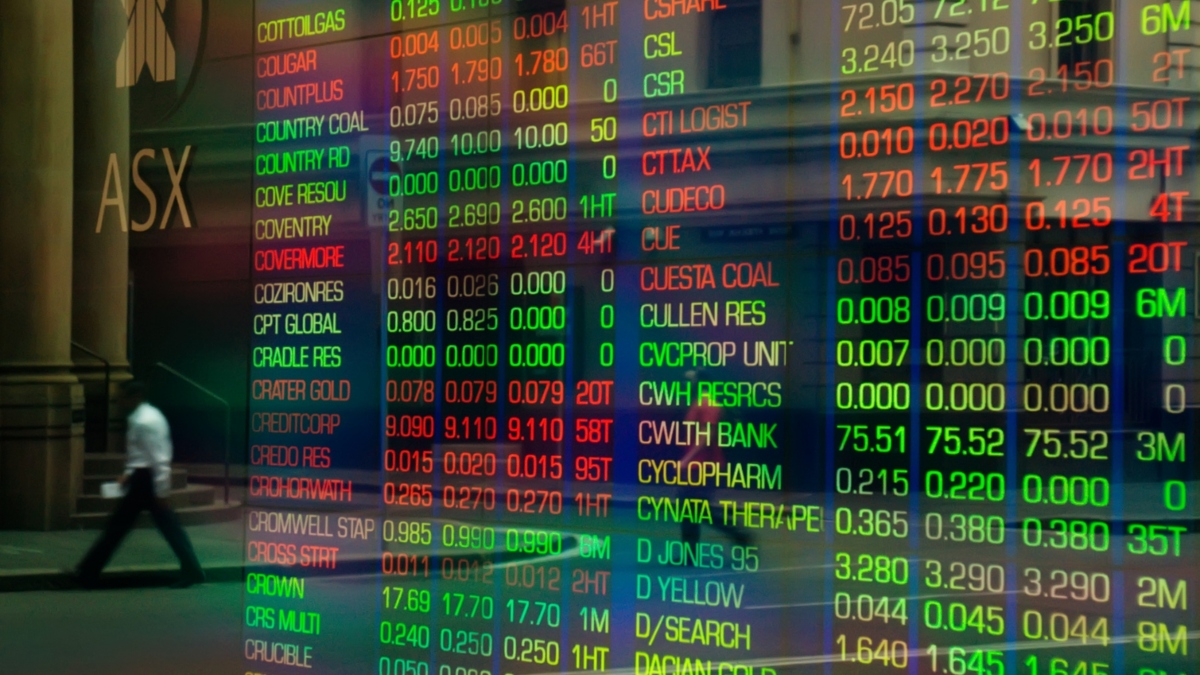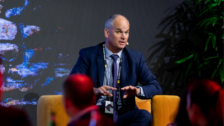Top of the pops – top global funds had one thing in common
March stands out as being one of the most difficult periods for investors in a generation. On the one hand, bond markets send fixed income to its worst return in more decades, and on the other, equity markets were sold off broadly on valuation concerns as bond yields ended a forty-year downward trend. It is during this sort of volatility that active managers have the greatest opportunity for outperformance.
According to extensive performance data, the divergence between the top and bottom performing global equity funds, in which currency was not hedged, was a positive return of 7.1 per cent and a negative return of 26.3 per cent in the March quarter. That is 33 per cent from the top to the bottom in just three months. This compares to the MSCI World, which delivered a return of -8.4 per cent and the S&P500 which returned -4.6 per cent.
There were several undertones in the highly volatile period, with the biggest headline being the long-awaited outperformance of so-called ‘value’ investing versus growth. This was highlighted by both the list and underlying investments held by the top performing strategies, the majority of which are household names, in some cases from the 1990s.
Topping the leader board was the PM Capital Global Companies Fund, with a return of 5.3 per cent driven by a significant weighting to unpopular, old-world companies across the commodities, energy and industrial sectors. It was a similar story for both the GQG Partners Global Equity Fund and the Lazard Global Equity Franchise strategy, with the latter French manager well-known for this stoic view of value investing.
GQG was likely the surprise, with the Rajiv Jain-led, ASX-listed group a distinctively growth-oriented manager that had a sizeable exposure to technology just a few short months ago. As it stands, the forward-looking growth manager has no technology exposure and suggests the sector is significantly more cyclical than many investors, even professionals, had believed.
Among the worst performing funds were those that had performed most strongly in the last few years. The truly growth-oriented managers bore the brunt of underperformance from the likes of Facebook, Netflix and smaller technology names with anything containing ‘Innovation’ in their name selling off heavily. Bailie Gifford, WCM and T Rowe Price were those lagging at the bottom of the table, albeit for one quarter.
The trend continued with the likes of Antipodes, Talaria and Vanguard’s Value factor-driven strategy delivering. One of the big questions that must be considered is whether this is the turning point for a decade of underperformance from value, or simply another bump in the road to growth. A clear case can be made for either option, with China lockdowns and Russia-driven commodity shortages muddying the waters between value investing and short-term trends.











